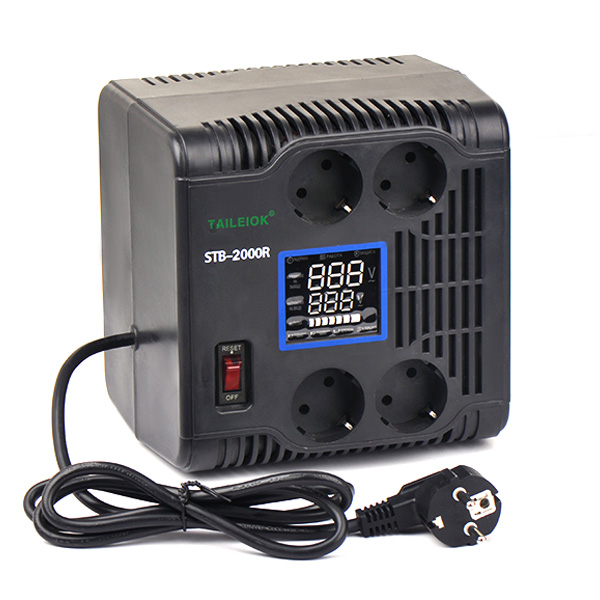What are the advantages and disadvantages of common voltage regulators?A voltage regulator is a device that stabilizes t
The servo type voltage regulator is a device that stabilizes the output voltage. Voltage regulator with constant voltage
How old the heart is, how wide the road.Mission: to become bigger and stronger in national and international electrical
The holiday for Labor Day will be 5days from April 30th (Saturday )to May 4th (Wednesday) Wish you have an enjoyable & w
How old the heart is, how wide the road.Mission: to become bigger and stronger in national and international electrical
What are the advantages and disadvantages of common voltage regulators?A voltage regulator is a device that stabilizes t
Automatic Voltage Regulator (AVR) is an indispensable component of modern power systems, and a team of engineers has rec
Whenever it rains, a lot of friends are wondering: “heavy rain, many lighting equipment is still on, because the rain is too big, and the current instability? ” Since there may be some unexpected accidents, the power sector has long thought of these sudden problems,they will installed the voltage regulator in advance in some important sections of the road lighting equipment. In a city, the lights on the entire road are often powered by a line, when the night is coming ready to open, a large cur
The servo type voltage regulator is a device that stabilizes the output voltage. Voltage regulator with constant voltage regulator, control circuit, and Servo Motor and other components. When the input voltage or load changes, the control circuit samples, compares, amplifies, then drives the servo motor to rotate, causes the regulator Carbon Brush’s position to change, through the automatic adjustment coil turns ratio, thus maintains the output voltage stability.






















